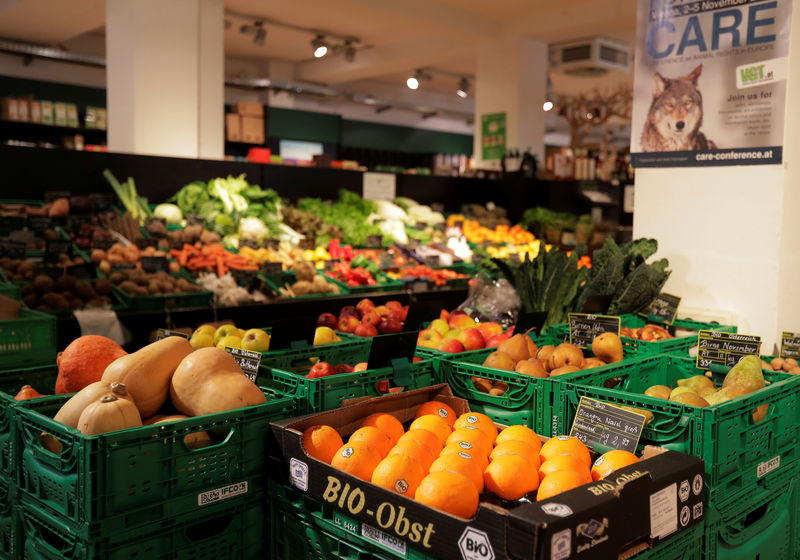By Geoffrey Smith
Investing.com -- U.S. retail sales growth slowed in March, as record-high gasoline prices and rising prices for food and shelter forced consumers to cut back on other spending.
Retail sales grew only 0.5%, from an upwardly revised 0.8% gain in February. That was marginally below analysts' forecasts for a 0.6% increase. Core sales, which exclude automobile purchases, held up somewhat better, at 1.1%. As a result, retail sales were up 6.9% on the year.
The government's data aren't adjusted for inflation. Consumer prices have risen 8.5% in the last 12 months, so the retail sales number reflects a drop in spending in real terms, consistent with other figures that show many U.S. consumers have now run down the excess savings that they accumulated during the pandemic.
Widespread lockdowns and generous subsidies to households this time last year had created a boom in retail sales that has been slowly subsiding since the economy began to reopen and government stimulus checks came to an end.
However, the U.S. economy still appears to be in broadly good shape, according to comments from the CEOs of JPMorgan (NYSE:JPM) and Wells Fargo (NYSE:WFC) over the last 36 hours.
That continues to be reflected in data from the labor market, where initial jobless claims ticked up only marginally to 185,000 from last week's 60-year low of 167,000.
New York Federal Reserve President John Williams said to Bloomberg on Thursday that the Fed needs to "remove the froth" from the labor market by using monetary policy to bring the level of vacancies - currently near all-time highs at over 11 million - down to a level "commensurate with maximum employment".
